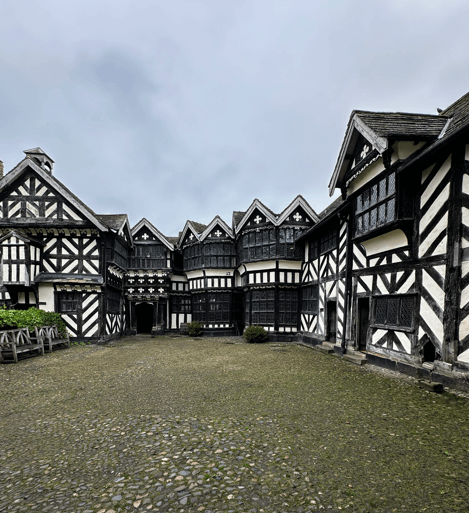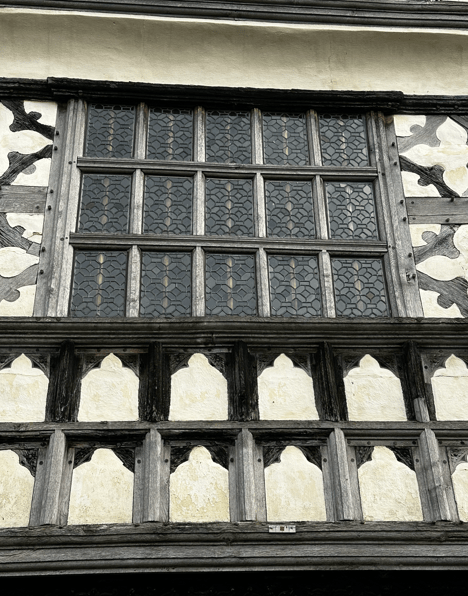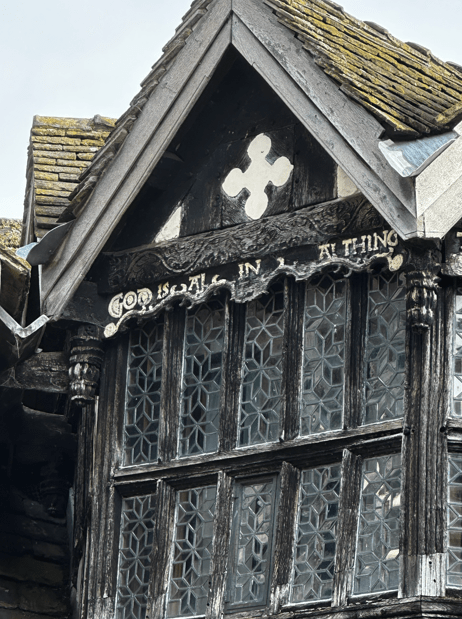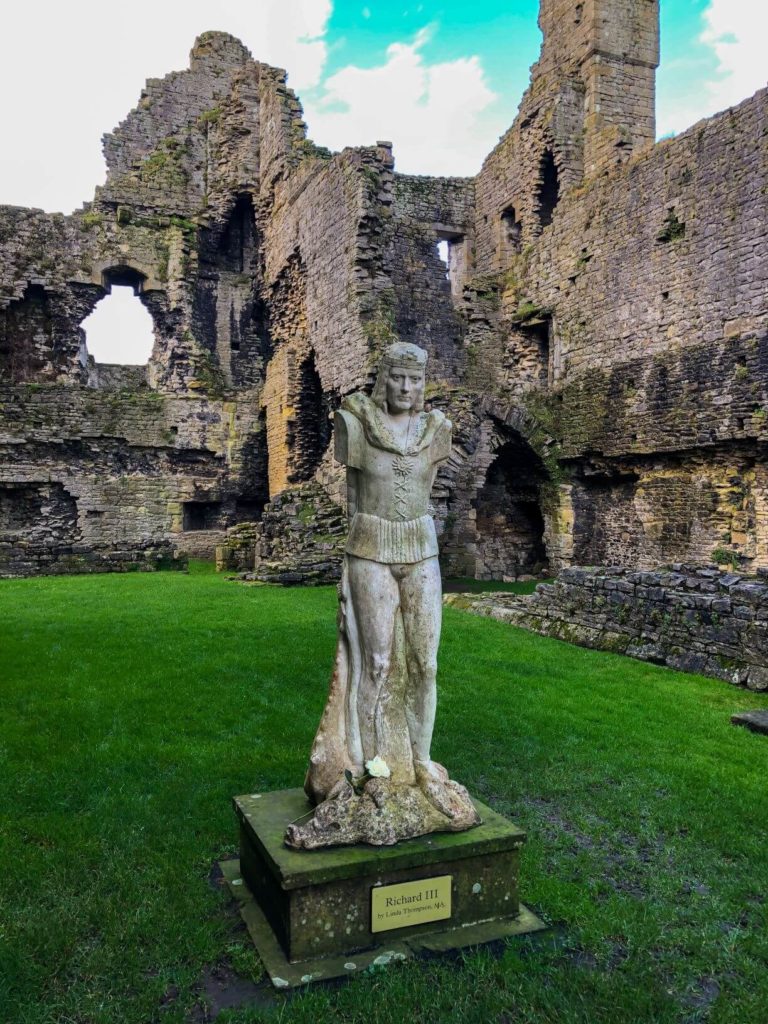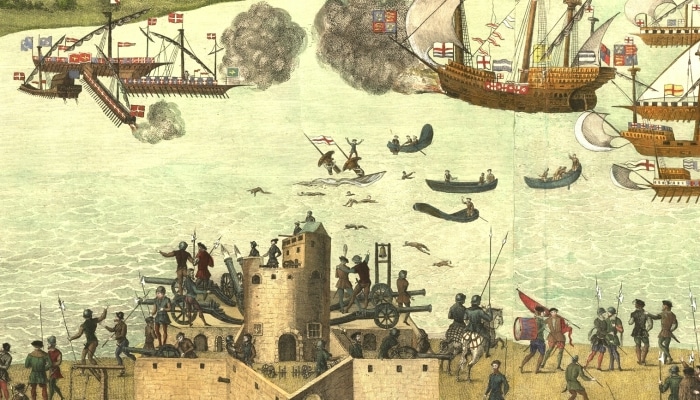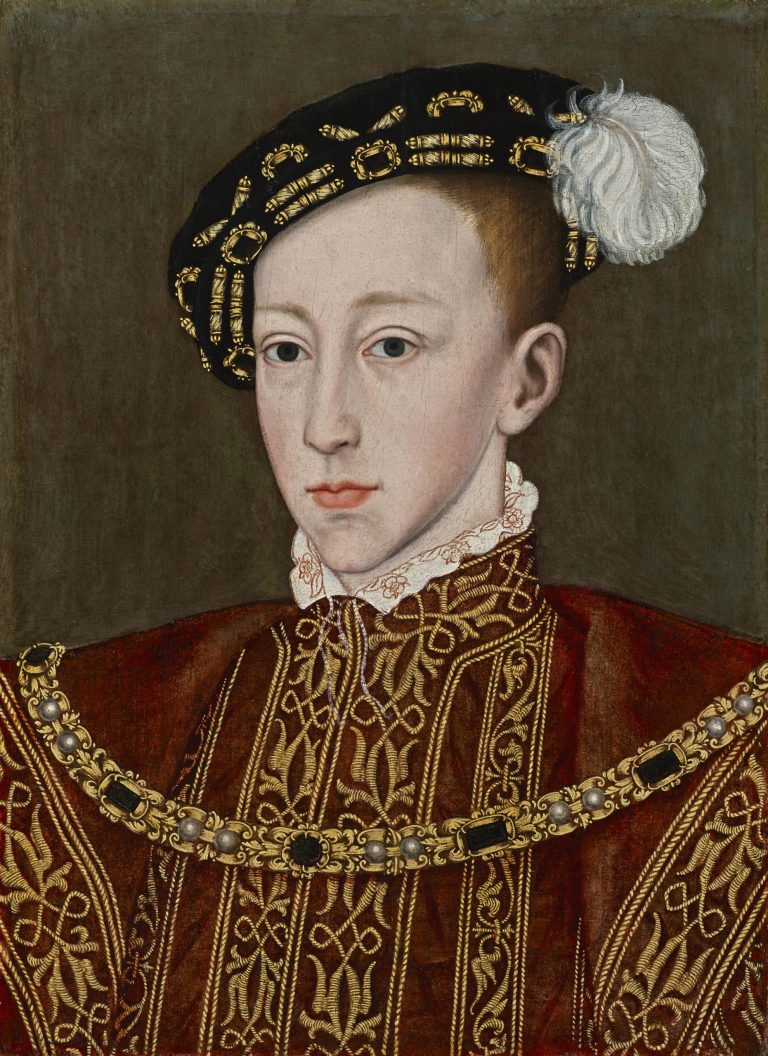Little Moreton Hall: The Crooked Wonder of Cheshire
Note: This is a show notes page accompanying my on-location podcast, recorded in autumn 2025.
Little Moreton Hall is a picture-postcard, timber-framed black-and-white building. Encircled by a narrow moat, the hall appears almost to defy gravity with its delightfully crooked angles and warped timber frame. A highlight on any Tudor time traveller’s itinerary through the northwest of England, it is exquisitely charming.
Through wars, pestilence, and social upheaval, the same family – the Moretons – presided over the manor here for nearly seven centuries. Their story is one deeply interwoven with the shifting fortunes of England itself. The Moretons inherited the estate through marriage from ancestors who had first crossed the Channel with William the Conqueror in 1066. During the Tudor period, this ambitious family, intent on social climbing, crafted a manor house to impress. Unlike many of their recalcitrant neighbours who clung to the old Catholic faith, they embraced the new religion and profited from it.
Construction of the present hall began in 1505, during the closing years of Henry VII’s reign. Its creator, William Moreton (confusingly, one of several generations to bear the name), was a prosperous member of the gentry who chose to rebuild the family home on the site of an earlier manor. Looking at the hall today, there can be little doubt that he intended to impress – employing master craftsmen to create a house that reflected both his wealth and his family’s social ascent.
Approaching the hall, it slowly emerges from behind a row of trees, its fantastical outline – all crooked timbers and gleaming leaded windows – never fails to stop visitors in their tracks. At the end of the curving drive, a timber-framed gatehouse stands sentinel on the far side of a stone bridge that spans the moat. Its carved pillars, adorned with Renaissance motifs, hint at the evolving tastes of the age. This blend of styles is precisely what makes Little Moreton Hall so fascinating. Begun at the dawn of the sixteenth century and completed towards the close of Elizabeth I’s reign, the house embodies the transition from the medieval to the Renaissance—a physical record of changing fashions, materials, and social aspirations.
During this episode, I’m accompanied on location by our expert guide, Caroline Schofield. Join us as we explore this exquisite building. Please also find below a gallery of accompanying images, taken during my on-location visit. You can listen to the podcast episode here or by clicking the button below:
Listen to the podcast
Little Moreton Hall Image Gallery
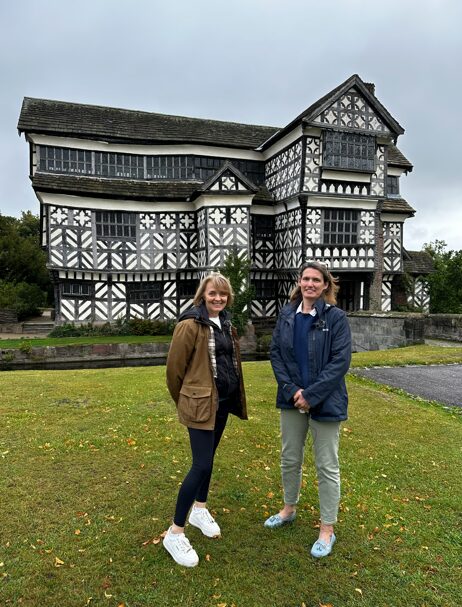
Sarah and Caroline outside Little Moreton Hall
Image © The Tudor Travel Guide
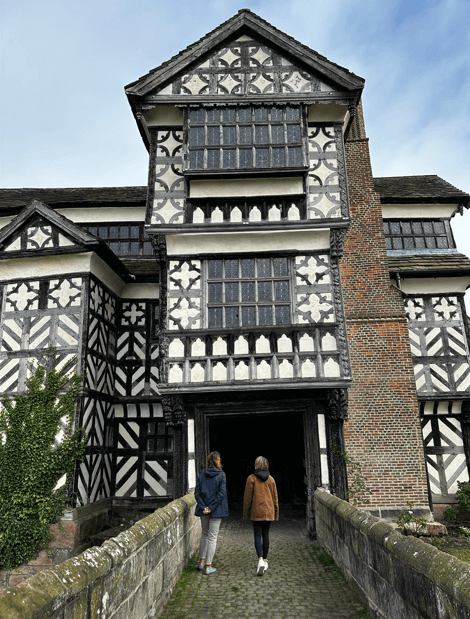
Image © The Tudor Travel Guide
The courtyard of Little Moreton Hall
Images © The Tudor Travel Guide
Exterior detail on Little Moreton Hall, including carved pillars adorned with Renaissance motifs.
Image © The Tudor Travel Guide
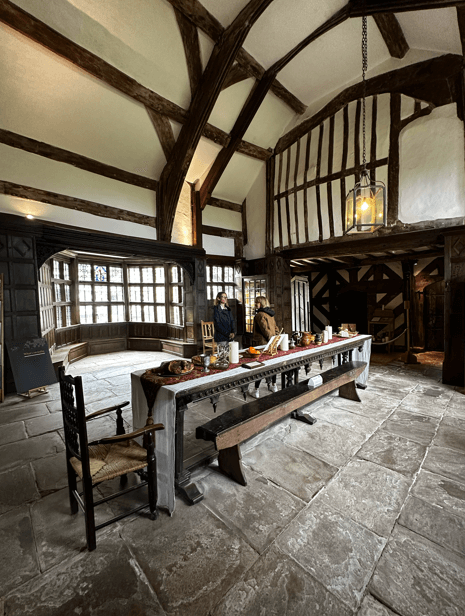
The Great Hall
Image © The Tudor Travel Guide


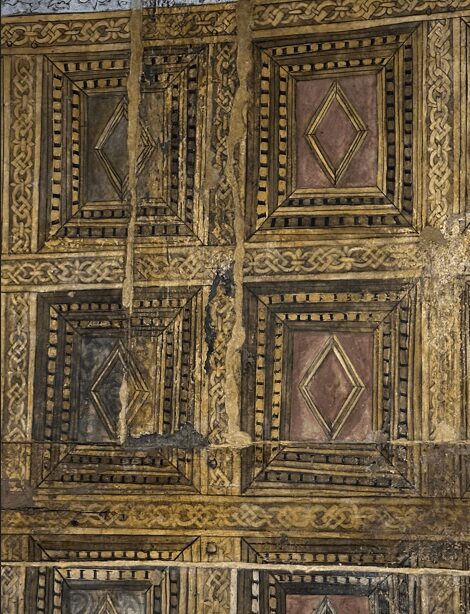
One of the family’s ground-floor privy chambers, where you can see striking Elizabethan wall paintings.
Images © The Tudor Travel Guide

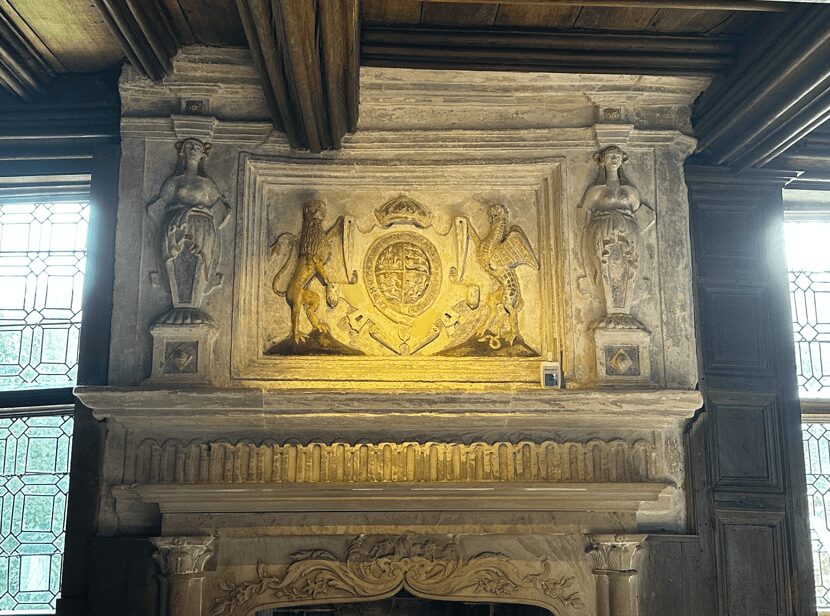

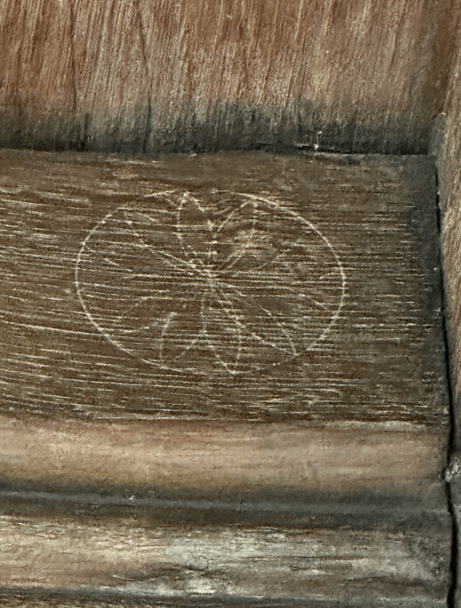
One of the family’s ground-floor privy chambers. It is here, up in the rafters, that you can see an ancient apotropaic mark (a daisy wheel).
Images © The Tudor Travel Guide
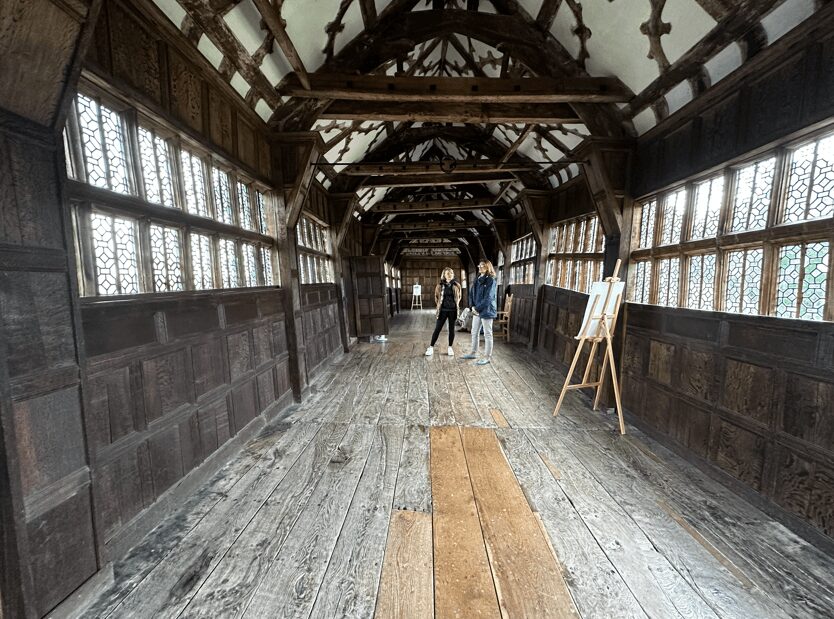
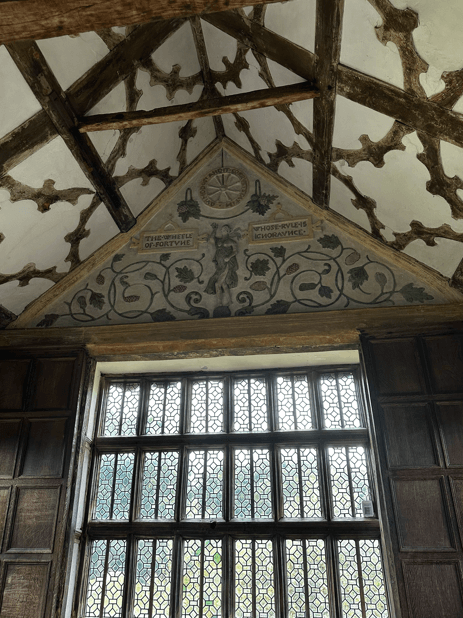
The Long Gallery and the painted plaster reliefs showing the allegorical figures of the Spear of Destiny and the Wheel of Fortune.
Images © The Tudor Travel Guide

Image © The Tudor Travel Guide
Useful Links
Visiting information for Little Moreton Hall is here.
If you have a few days in the area, the following places might be of interest to you:
Gasworth Hall (6 miles) – open weekend afternoons from the end of June to the beginning of August
Ordsall Hall (25 miles)
Speke Hall (36 miles)
Hoghton Tower (40 miles)

